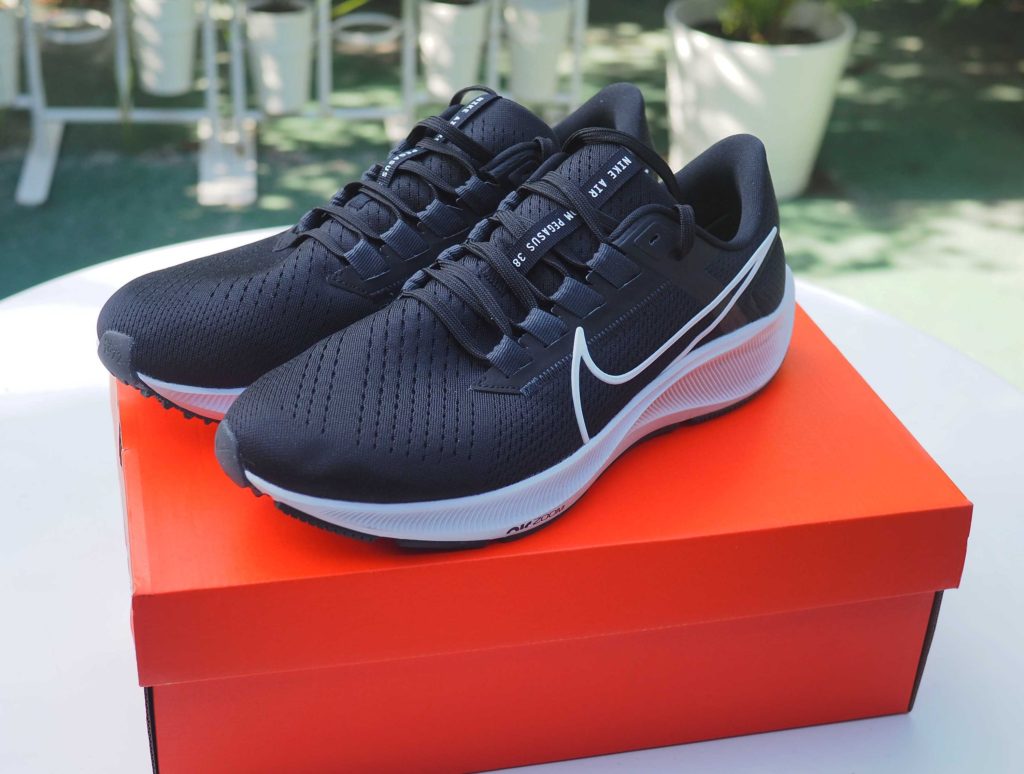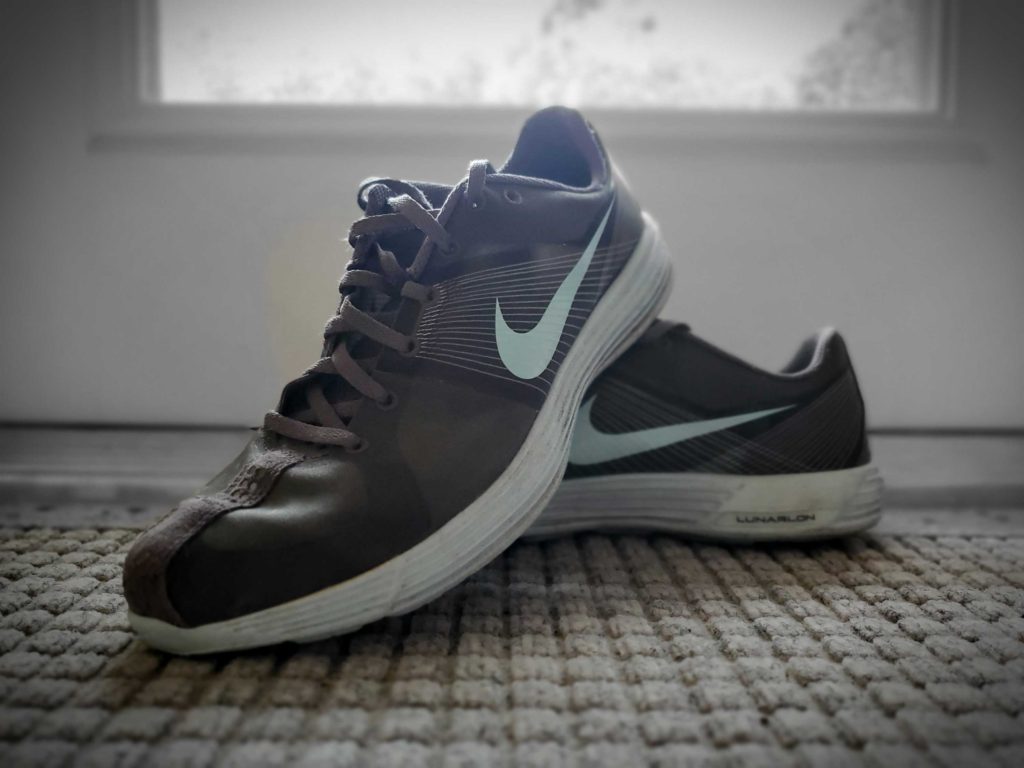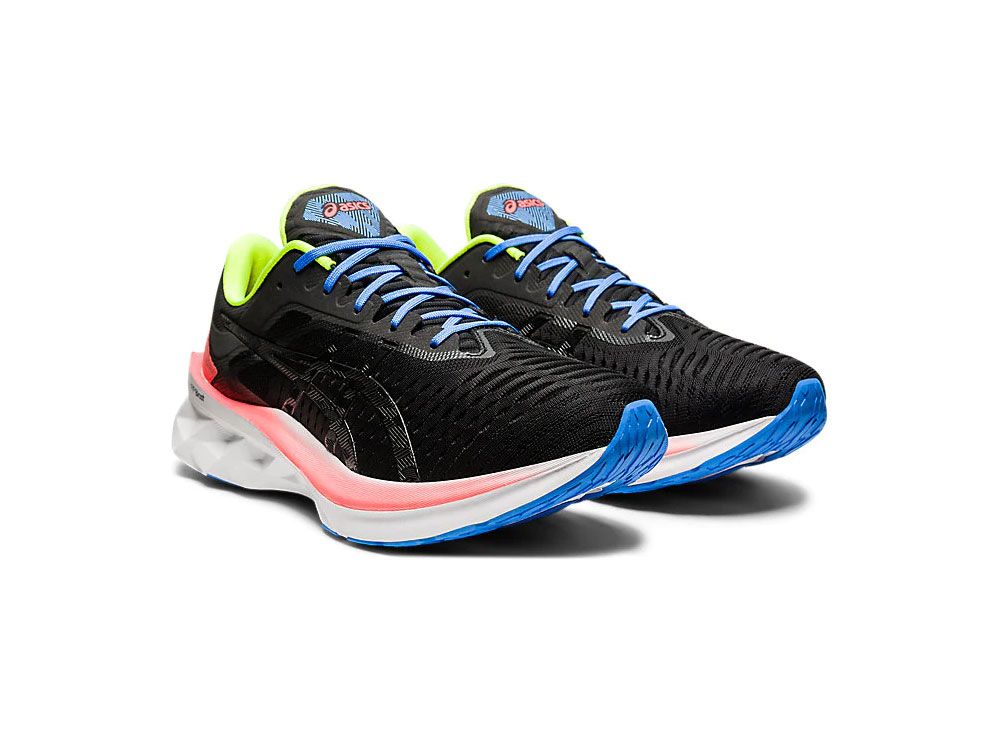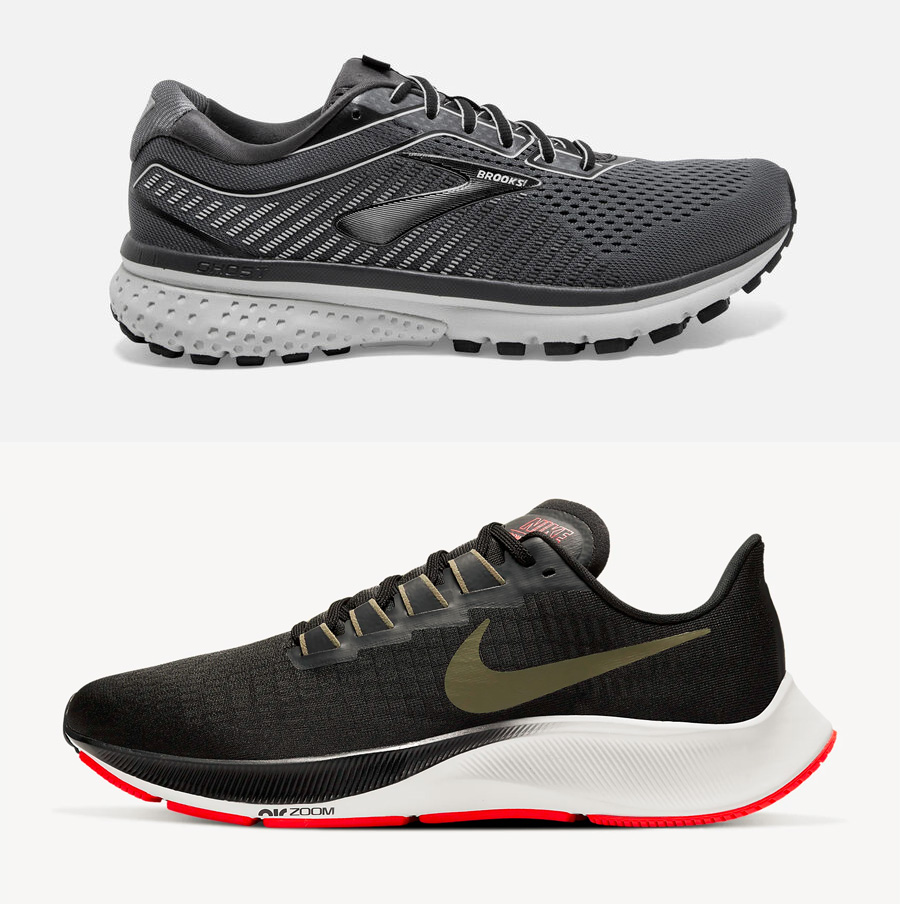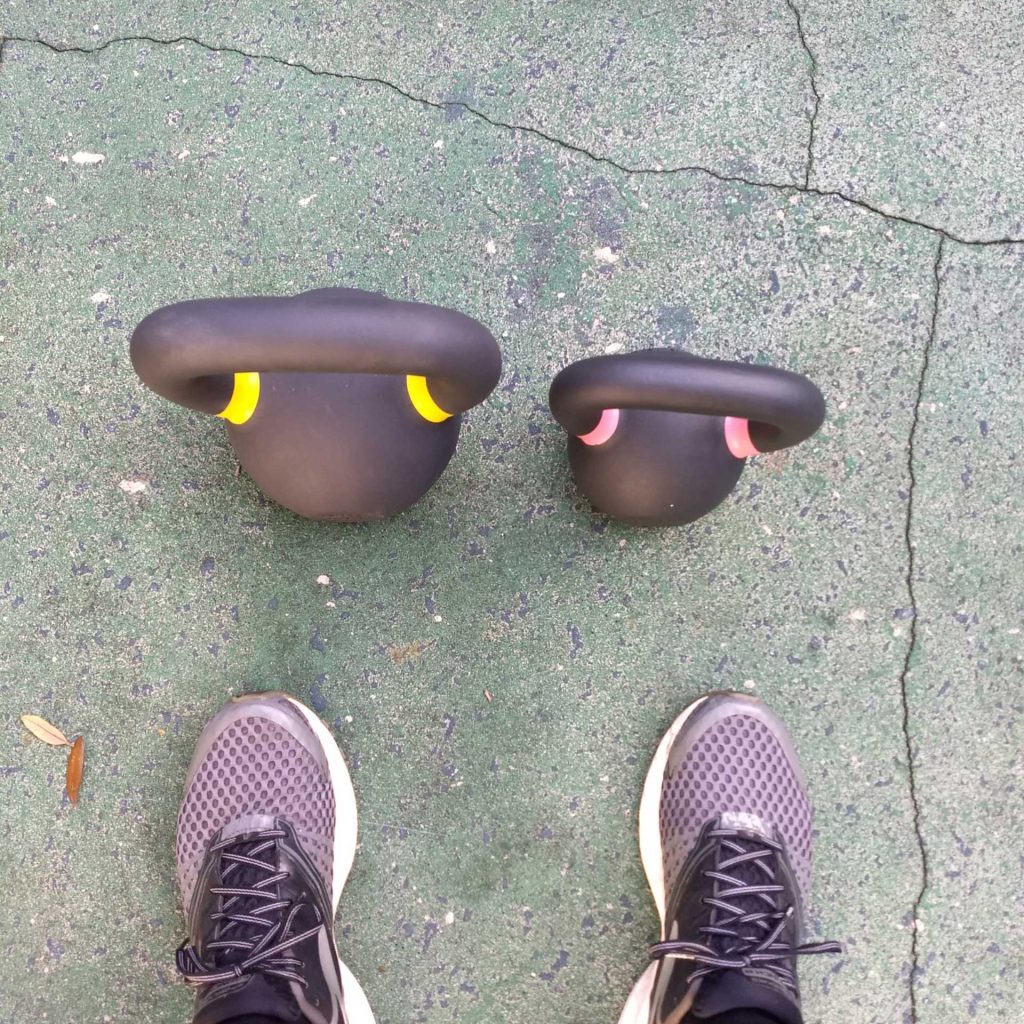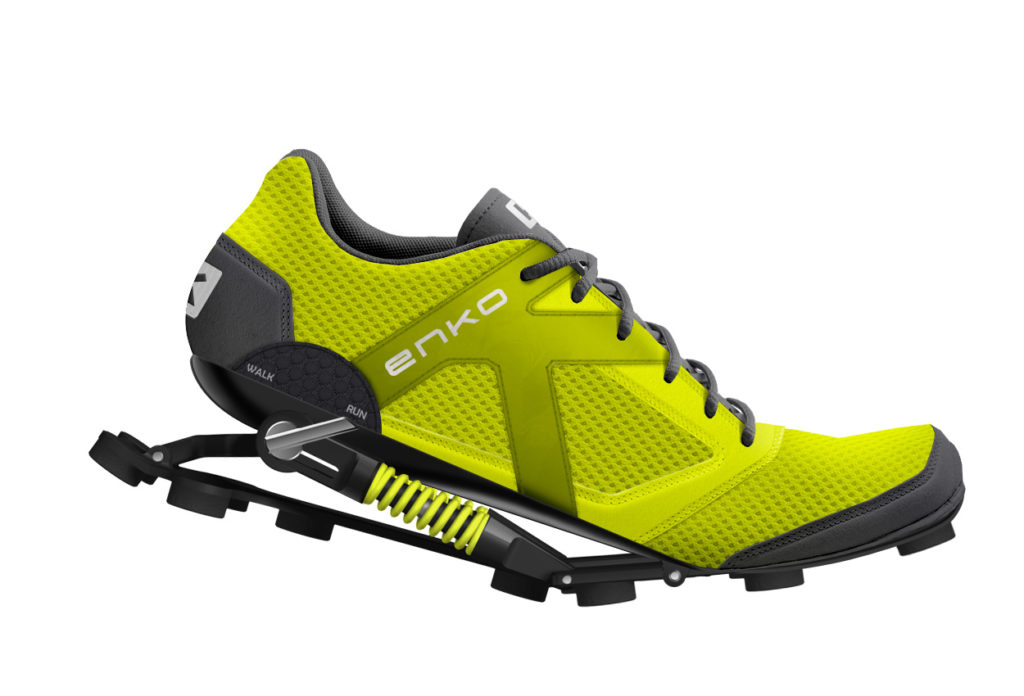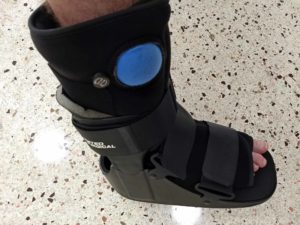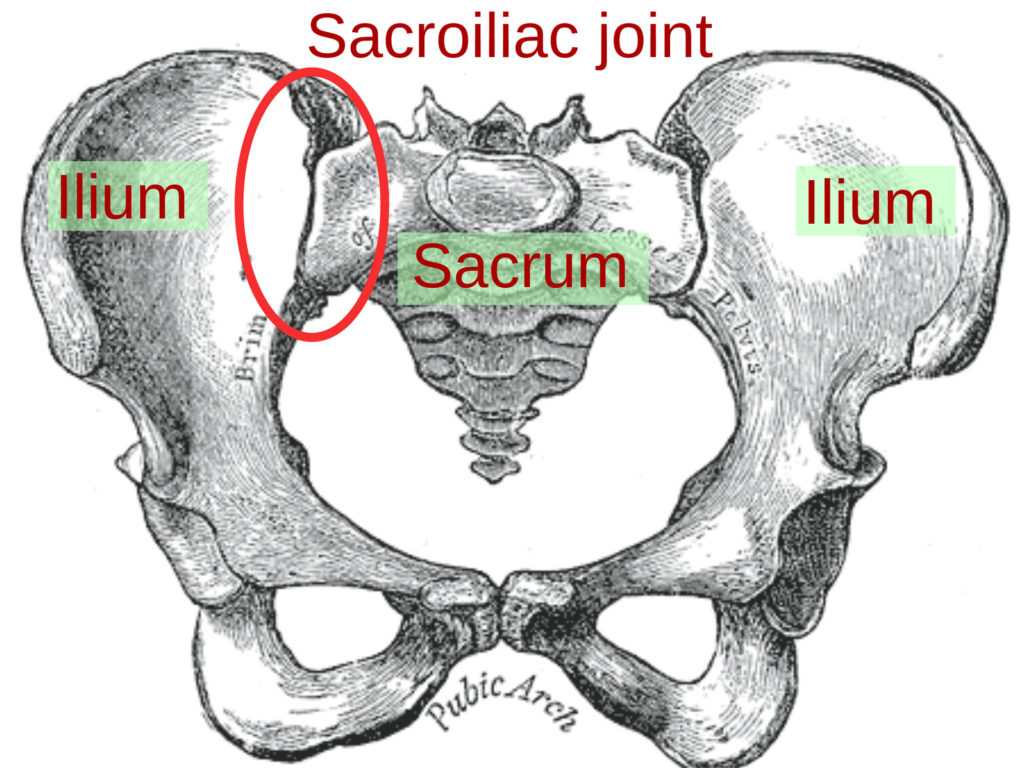
It took about six months, but I’m finally back running (shorter distances) mostly pain free. How did I do it? Well, first let me tell you what I would have done differently, and then I’ll take you through what I think helped me heal the most. As always:
Disclaimer: This is not medical advice. I am not a doctor.
Chiropractic Sacroiliac Joint Adjustment
Way back in December 2021 I injured my back while out running. Unfortunately, I thought it was more general tightness and less injury so I tried to stretch it. That likely led to a longer recovery. In any case, once I worked on getting the inflammation reduced I was able to start with some very light strengthening exercises. The SI joint is a fickle beast. Unlike a sprained ankle, you can’t really “stay off of it” for an extended period of time. Instead, it seems like you have to make the pain as manageable as possible, and then get to work on building strength in the supporting areas. Which I had some early success with. Until I plateaued after roughly three months. I went about two weeks with no noticeable improvement and began to worry that I had reached my “new normal.” As luck would have it, in speaking to someone about back pain they recommended a chiropractor. Honestly, I should have considered that option sooner.
Actually, I did consider it, but in researching the heck out of SI joint pain it seemed about 50/50 whether an adjustment would improve things. For some people it appears to help, for others the improvement is short lived and for still others it actually makes things worse. At the time, I was nervous about that third possibility, but looking back (pun intended!) I probably could have shaved a week off my recovery, maybe more, if I had gone to a chiropractor experienced in treating SI joint pain. After my first adjustment, where my SI joint “popped” like it never had before, I felt like I would be moving onto my next phase of recovery. And I did. So, if you have SI joint pain, I would ask around for chiropractor recommendations, and then check on their experience with this type of injury.
SI Joint Belt
Like I said, the SI joint is a fickle beast. There isn’t a great way to stabilize it when you’re being active. I looked at sacroiliac joint belts, but felt like I could get by with some self-adjustments and then light strengthening exercises. However, I did end up buying an SI-joint-belt-like compression wrap that was recommended on a website by someone documenting their journey through SI joint pain treatment (I’ll try to find and link it). I didn’t start wearing it until after my two chiropractic adjustments so I’m not sure how much it would have helped on its own. I will say that it did give me the confidence to push a little harder with some of my strengthening exercises and just daily movement. I wore it intermittently for about 10 days, and I probably should have started sooner. There really isn’t any downside to wearing one.
What I Started and Continue to Do
Before I added in any weight to my exercises I knew I had to strengthen my core and work on hip mobility. I also have made it a point to improve my posture. No more tucking one leg under the other while sitting (well, almost no more). For my core, I started with easy things like bridges and bicycle crunches. Then, I stumbled across this ab workout on Runner’s World which I now do as my pre-run warm up.
After the chiro adjustments and some core strengthening I felt confident enough to work kettlebells back in. For now, I’m just doing swings using light weight, 18 lbs, and working on building reps. With the lighter weight I feel like I have good control and can really groove the movement.
I’ve also incorporated some “flossing” stretches like a kneeling hip flexor stretch where you lean forward and back in a continuous motion for 10 reps each side.
Back to Running
Thankfully, I was able to get back running about a month ago, and so far everything is going well. It’s still short distances at an easy pace, but I’ll take what I can get. My plan is to gradually increase the distance while keeping the pace relatively slow for at least a month or two. From what I’ve read, the SI joint can be prone to re-injury, and I want to avoid that the best I can.
It’s been an insightful and, at times, frustrating journey. I’ve had a few flareups along the way when I pushed just a little too hard, but those resulted in general soreness that was gone by the next day. From where I am now, I can see that my body was giving me signs about some of my weak points. I should have worked on posture, hip mobility and my core long before my SI joint got out of whack. I am grateful to have figured out a treatment plan that worked for me. If you’re suffering from sacroiliac joint pain, hopefully you can find something that works for you.

